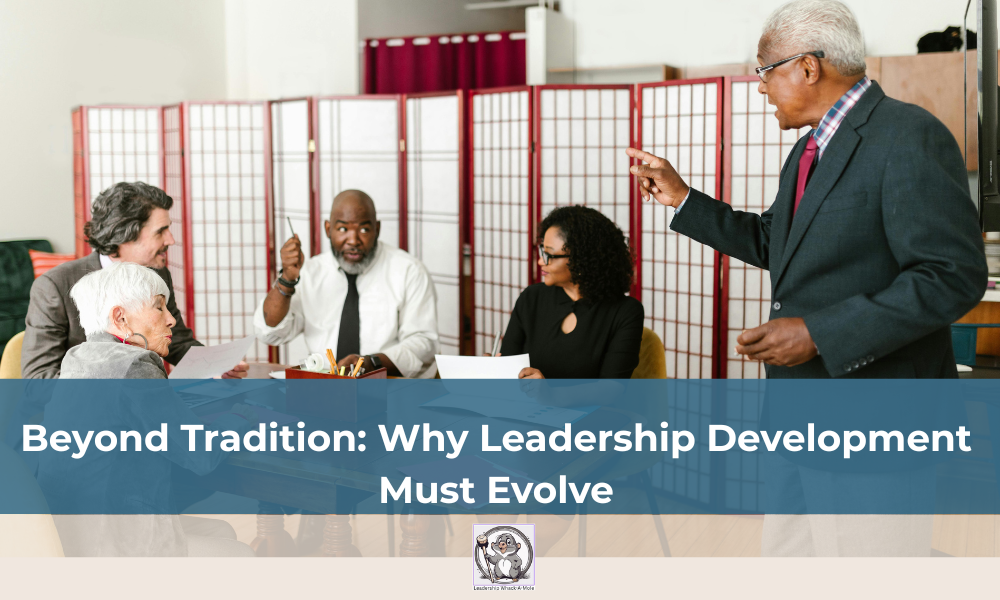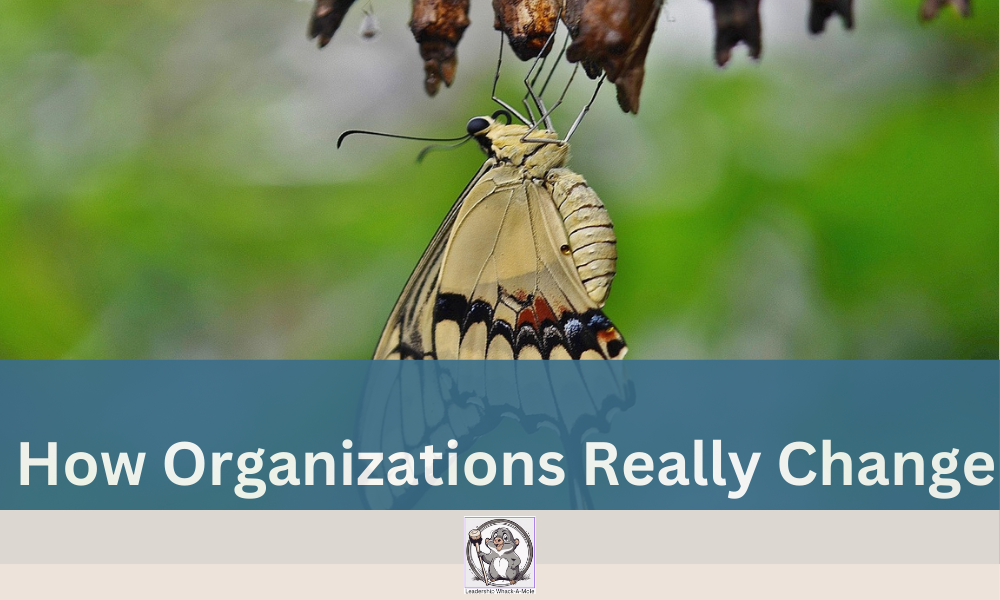Performance issues are a reality in any workplace—and they’re not always the fault of the individual. When problems arise, jumping straight to a Performance Improvement Plan (PIP) may not be the most effective path. Instead, it’s far more useful to take a step back and conduct a performance analysis.
As we consider the current “due process” dilemmas that keep raising their emotional voices in the press, as leaders we might also consider the “due process” rights of our customers, clients, and employee partners.
Ongoing performance feedback and coaching are among the most effective strategies for reinforcing targeted learning and improving outcomes for both individuals and teams.
Traditional leadership development methods still dominate many organizations. These programs often rely on static content, followed by group discussions or sporadic interactive activities. While such content may still have value, this approach fails to meet the demands of today’s fast-changing business environment.
As leaders we must seek to lead with empathy and understanding, making every effort to connect with the people we lead through active, empathetic listening and through the consistent demonstration of respect, dignity, and fairness.
The future of management demands a fundamental shift. Today’s managers must move beyond traditional models of control and supervision to become facilitators of growth, collaboration, and strategic contribution.
This blog demonstrates a practical framework for understanding and managing organizational change is based on insights drawn from multiple empirical studies. The model identifies key drivers of successful change and outlines how organizations can implement and sustain meaningful transformation.
When, as human beings, we make conscious decisions to confront and deal with patterns of behavior, past decisions, or conditions that are not sustainable, there will be pain.
Transforming organizational culture is one of the most complex challenges a company faces. Culture is shaped by a variety of factors, including leadership, values, beliefs, and behaviors.
BlogRic Shriver2025-03-13T07:35:46-07:00









